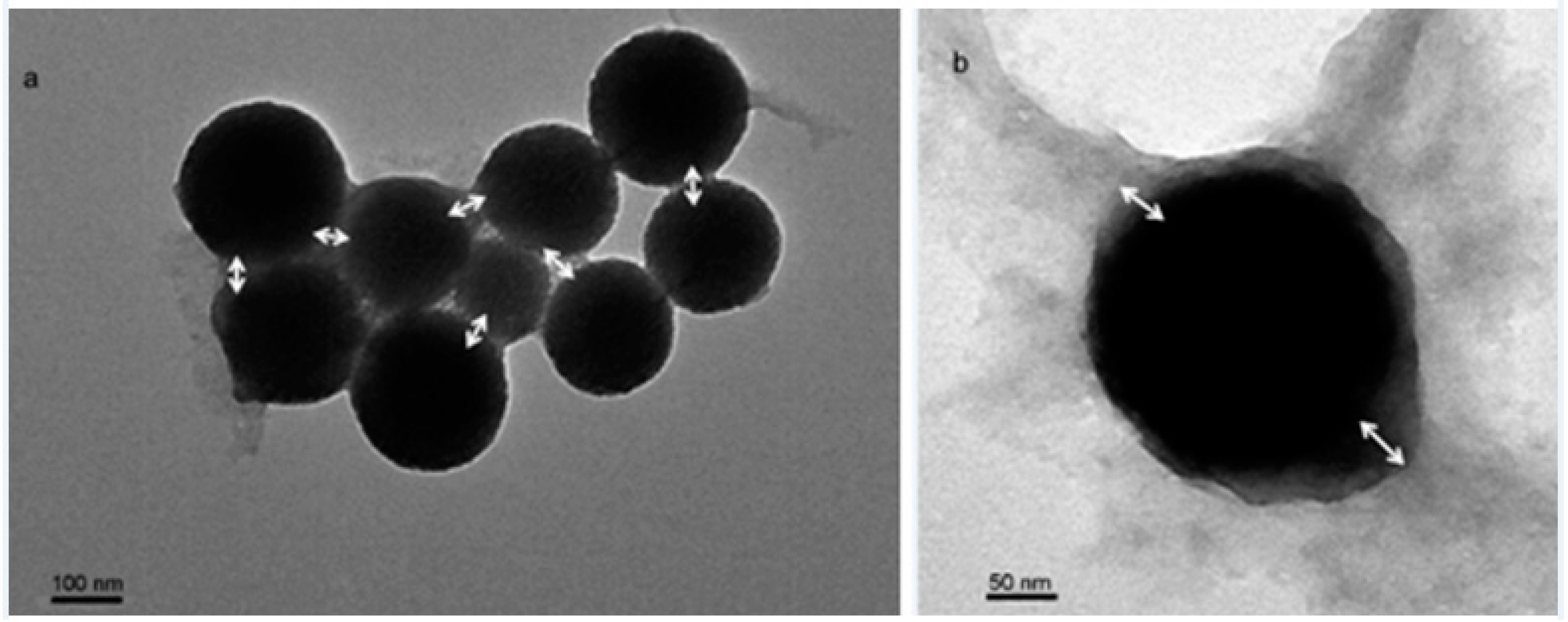
The structure and morphology of the prepared composite nanoparticles were studied by Fourier transform infrared spectrometry, X-ray diffraction measurement, transmission electron microscopy and the thermogravimetric analysis. N2 - In this article, we report an original and feasible protocol for the preparation of superparamagnetic β-cyclodextrin-functionalized composite nanoparticles with core-shell structures via cross linking reaction on the surface of carboxymethyl β-cyclodextrin-modified magnetite (Fe 3O4) nanoparticles by using epichlorohydrin as a crosslinking agent. T1 - Preparation of superparamagnetic β-cyclodextrin-functionalized composite nanoparticles with core-shell structures Results of vibrating sample magnetometry testing and inclusive behaviour studying confirmed the superparamagnetism with saturation magnetization value of 52.0 emu/g in an external applied magnetic field of 20000 Oe and inclusion functionality of the composite nanoparticles consisting of magnetite cores and β-cyclodextrin moiety, which implies very important applications in targeting drug delivery technology and separation for specific substances.", The results show that the prepared roughly spherical composite nanoparticles (diameter about 10-20 nm) with core-shell structures turned out to be magnetite nanoparticles surface-surrounded by a layer of cross-linked CM-β-cyclodextrin polymer. Results of vibrating sample magnetometry testing and inclusive behaviour studying confirmed the superparamagnetism with saturation magnetization value of 52.0 emu/g in an external applied magnetic field of 20000 Oe and inclusion functionality of the composite nanoparticles consisting of magnetite cores and β-cyclodextrin moiety, which implies very important applications in targeting drug delivery technology and separation for specific substances.Ībstract = "In this article, we report an original and feasible protocol for the preparation of superparamagnetic β-cyclodextrin-functionalized composite nanoparticles with core-shell structures via cross linking reaction on the surface of carboxymethyl β-cyclodextrin-modified magnetite (Fe 3O4) nanoparticles by using epichlorohydrin as a crosslinking agent. The model verifies the causality principle through Kramers–Kronig dispersion relations for the investigated gain functionalized plasmonic nanostructure.In this article, we report an original and feasible protocol for the preparation of superparamagnetic β-cyclodextrin-functionalized composite nanoparticles with core-shell structures via cross linking reaction on the surface of carboxymethyl β-cyclodextrin-modified magnetite (Fe 3O 4) nanoparticles by using epichlorohydrin as a crosslinking agent. Experimental evidence of a selective modification of the gain functionalized core–shell Au NP extinction curve is found, in good agreement with the results of a simplified theoretical model.


Fluorescence lifetime measurements demonstrate a quenching of dye photoluminescence in functionalized core–shell NP samples with respect to pure dye solutions, confirming the strong resonant coupling occurring between the gain medium and gold NPs. Experimental observations of Rayleigh scattering enhancement, accompanied by an increase of transmission as a function of gain, reveal striking optical loss compensation effects. A comparison between designed systems based on functionalized core–shell NPs having different encapsulated dye molecules is presented. We experimentally demonstrate that gain materials properly encapsulated into the shell surrounding metal nanoparticles (NPs) are responsible for the modification of the overall plasmon response of engineered nanostructures.


 0 kommentar(er)
0 kommentar(er)
